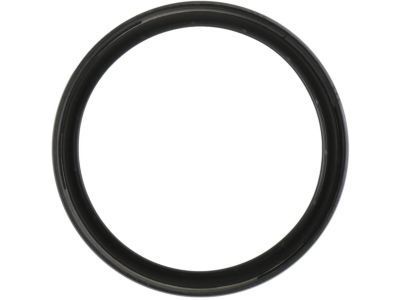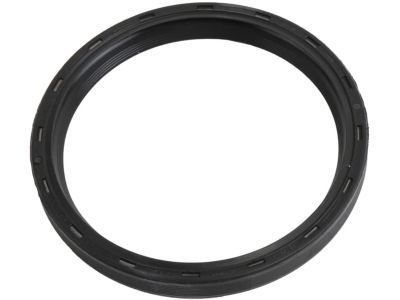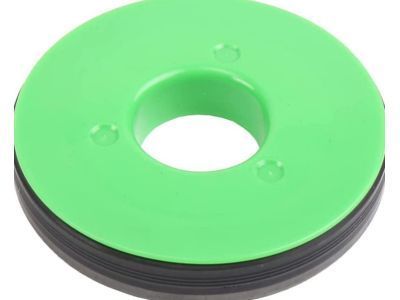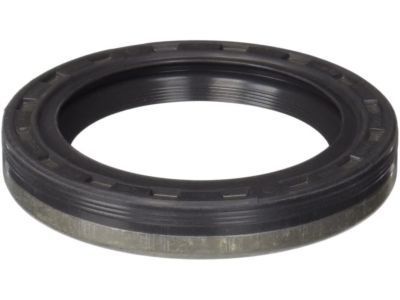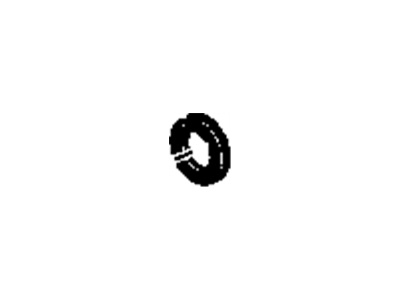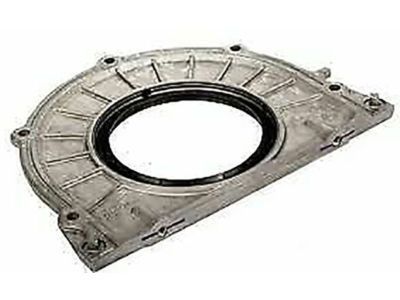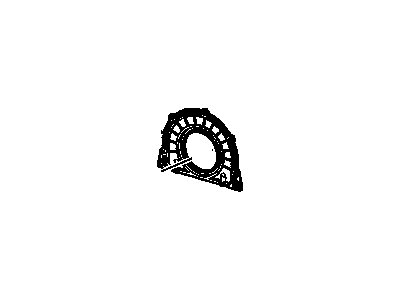
My Garage
My Account
Cart
Genuine Chevrolet Traverse Crankshaft Seal
- Select Vehicle by Model
- Select Vehicle by VIN
Select Vehicle by Model
orMake
Model
Year
Select Vehicle by VIN
For the most accurate results, select vehicle by your VIN (Vehicle Identification Number).
4 Crankshaft Seals found
Chevrolet Traverse Seal Assembly, Crankshaft Rear Oil
Part Number: 12591866$23.06 MSRP: $39.10You Save: $16.04 (42%)Chevrolet Traverse Seal Assembly, Crankshaft Front Oil
Part Number: 12626923$19.78 MSRP: $32.73You Save: $12.95 (40%)Ships in 1-2 Business DaysChevrolet Traverse Seal,Crankshaft Front Oil
Part Number: 12608750$9.18 MSRP: $15.19You Save: $6.01 (40%)Ships in 1-3 Business DaysChevrolet Traverse Seal Assembly, Crankshaft Rear Oil
Part Number: 12637710$43.13 MSRP: $73.74You Save: $30.61 (42%)Ships in 1-2 Business Days
Chevrolet Traverse Crankshaft Seal
Chevrolet Traverse Crankshaft Seal is an important part installed at the front of the engine to prevent the seepage of engine oil in the crankcase. This round seal is normally made of metal and rubber and is prevalently used to ensure that lubrication to some vital parts of the engine is constantly supplied to prevent wearing of engine parts due to friction. A typical symptom is oil leak, which is common in the cars that have a high mileage and that is a good sign showing that the Crankshaft Seal needs to be replaced. There may be slight differences depending on the model years but the essence of the breather cap which is to seal and at the same time protect the engine oil does not change. The Crankshaft Seal must be maintained and replaced often to obtain the optimal performance out of the car's engine.
Each OEM Chevrolet Traverse Crankshaft Seal we offer is competitively priced and comes with the assurance of the manufacturer's warranty for the part. Furthermore, we guarantee the speedy delivery of your orders right to your doorstep. Our hassle-free return policy is also in place for your peace of mind.
Chevrolet Traverse Crankshaft Seal Parts Questions & Experts Answers
- Q: How to replace the rear crankshaft seal in 3.6L V6 engine on Chevrolet Traverse?A:At the time of publication, the rear crankshaft seal is supplied as an assembly consisting of the oil seal and housing. The manufacturer recommends using special studs EN 46109, seal alignment tool EN 47839 and handle J 42183 to ensure correct alignment of the seal. These tools are available through SPX Tools. Disconnect the cable from the negative battery terminal. Remove the driveplate. Remove the Oil Pan. Remove the retaining bolts, then remove and discard seal housing from the engine (Rear crankshaft seal housing bolts). It may be necessary to use a knife to cut the sealant away from the joint between the rear crankshaft seal housing and the engine block. There are specific points provided at the corners for prying the seal housing. Use care not to scratch the machined faces of the cylinder block, rear crankshaft seal housing or oil pan when scraping old gasket material from components. Thoroughly clean the mounting surfaces of the oil pan, rear crankshaft seal housing and engine block of old gasket material and sealer. Wipe the gasket surfaces clean with a rag soaked in brake system cleaner. Install the two dowels into the oil seal housing bolt holes (Alignment dowels installed in the rear crankshaft seal housing bolt holes). Apply a 1/8-inch wide bead of RTV sealant around the sealing area of the oil seal housing, passing on the inside of the bolt holes. Install the special alignment tool (EN47839) on the rear of the crankshaft, attaching it with the two supplied screws. Install the new oil seal housing over the alignment tool and studs onto the rear of the engine block. Remove the guide studs but leave the alignment tool in place. Install the housing bolts and tighten them to the torque. Remove the alignment tool. The remainder of installation is the reverse of removal. Add oil as necessary, run the engine and check for leaks.
Related Chevrolet Traverse Parts
Browse by Year
2024 Crankshaft Seal 2023 Crankshaft Seal 2022 Crankshaft Seal 2021 Crankshaft Seal 2020 Crankshaft Seal 2019 Crankshaft Seal 2018 Crankshaft Seal 2017 Crankshaft Seal 2016 Crankshaft Seal 2015 Crankshaft Seal 2014 Crankshaft Seal 2013 Crankshaft Seal 2012 Crankshaft Seal 2011 Crankshaft Seal 2010 Crankshaft Seal 2009 Crankshaft Seal
